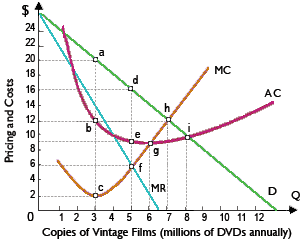Maximum possible total revenue by sales of the extremely popular St. Valentine’s Day software is about: (i) $65 million. (ii) $45 million. (iii) $85 million. (iv) $105 million. (v) $200 million.

Please choose the right answer from above...I want your suggestion for the same.